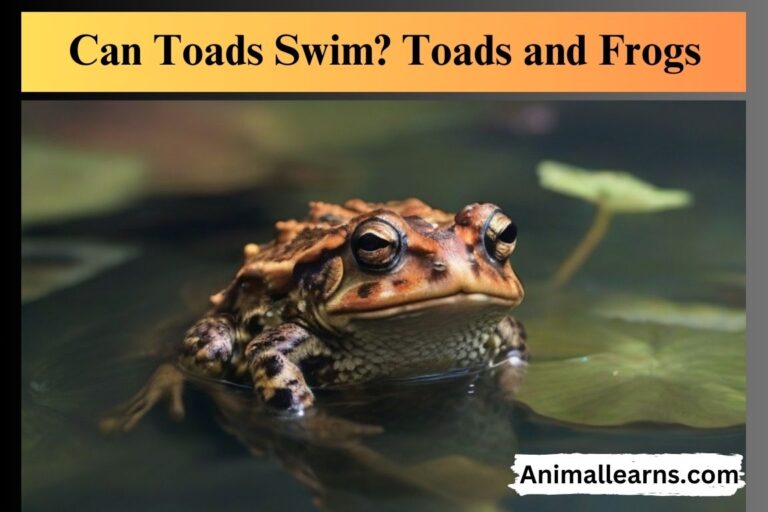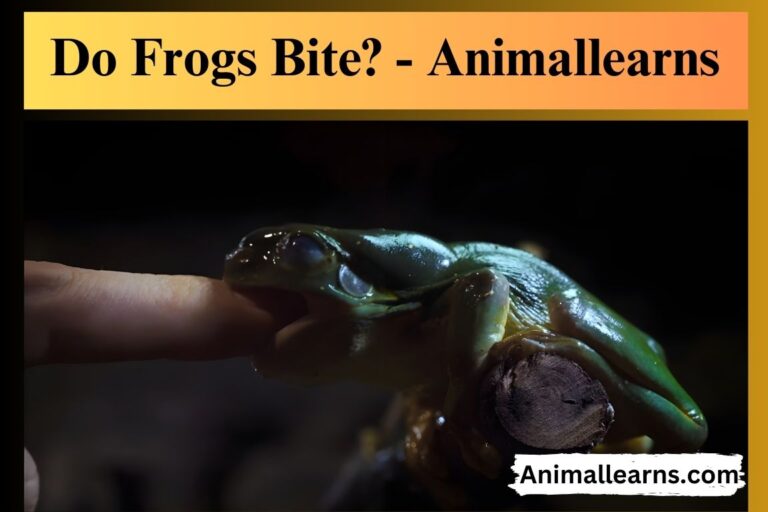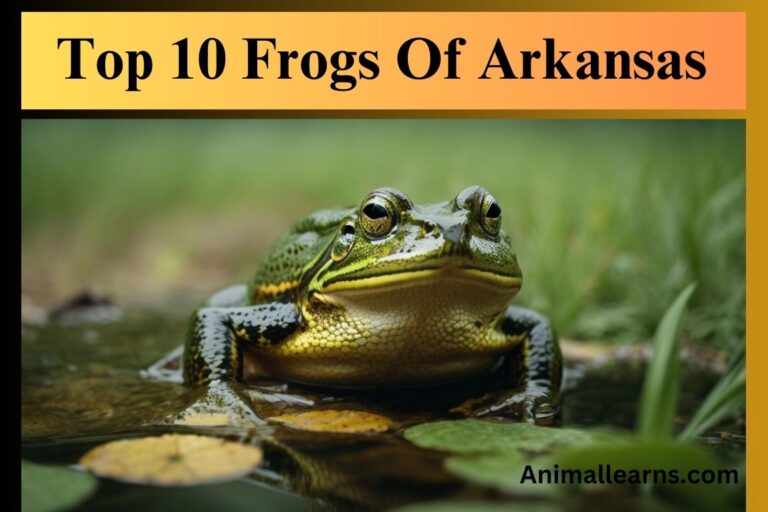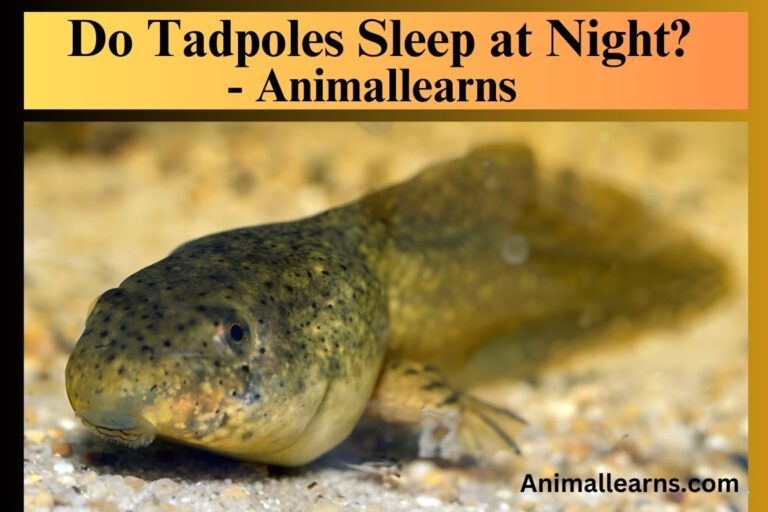10 Types of Toads In Colorado – Animallearns
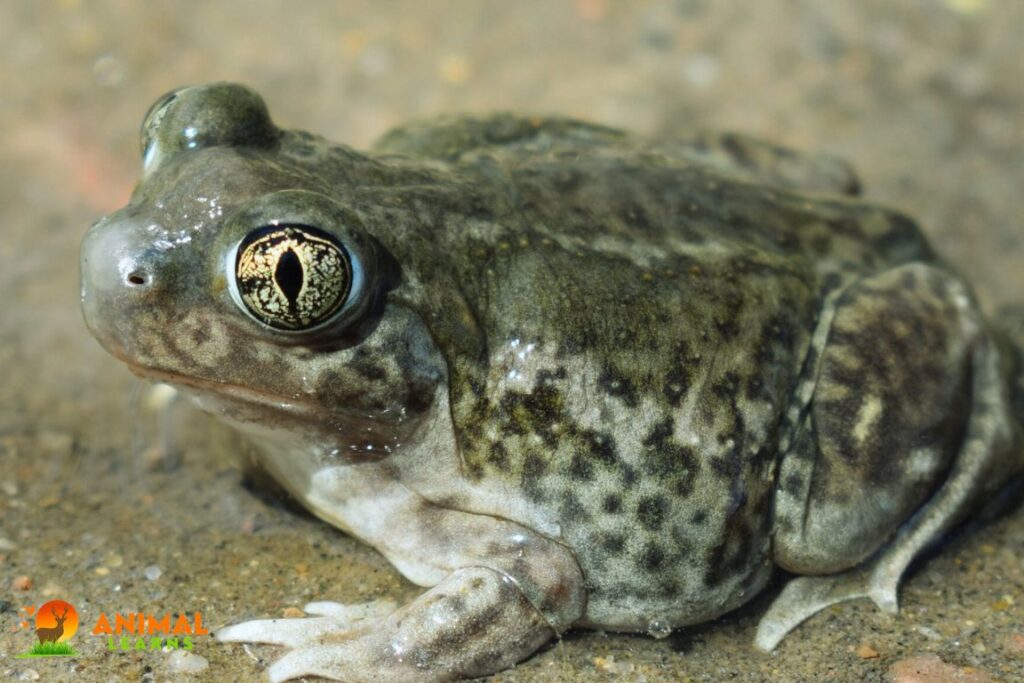
Toads in Colorado, such as the Woodhouse’s Toad and the Red-Spotted Toad, contribute to the state’s diverse amphibian population, showcasing unique adaptations to the local environment. All continents in the world have toads, except Antarctica.
True toads, or Family Bufonidaee, comprise the majority of them. The remaining members belong to the families Scaphiopodidae, Rhinophrynidae, and Microhylidae.
Toads and frogs belong to the same order, yet their warts, noises, and skin types are very different. Toads are frequently found farther away from bodies of water because they can endure longer periods without water.
The 10 different kinds of toads found in Colorado are covered in this article.
10 Types of Toads In Colorado
Contents
- Woodhouse’s Toad
- Great Plains Toad
- Red-Spotted Toad
- Great Basin Spadefoot Toad
- Western Green Toad
- Boreal Toad
- Mexican Spadefoot Toad
- Great Plains Narrow-Mouthed Toad
- Couch’s Spadefoot Toad
- Plains Spadefoot Toad
Woodhouse’s Toad
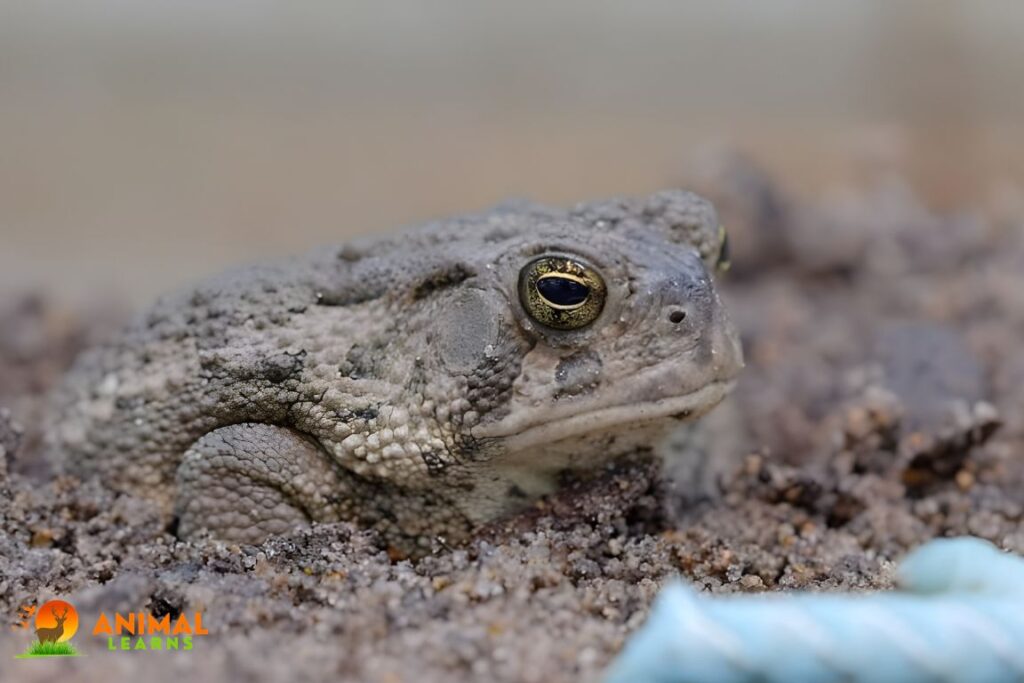
| Feature | Information |
| Scientific Name | Anaxyrus woodhousii |
| Diet | Primarily insects, spiders, worms, centipedes, snails, slugs, and other small invertebrates |
| Size (Snout-Vent Length) | 4-5 inches (10-13 cm) |
| Weight | 1-3 ounces (28-85 grams) |
| Lifespan | Up to 19 years in the wild, longer in captivity |
In Colorado, Woodhouse’s Toads may survive in a variety of habitats, such as grasslands, deserts, floodplains, and populated regions. It’s interesting to note that people who reside in suburban regions may wait beneath street lamps to capture and consume insects drawn to the light.
The form of Woodhouse’s toads is what stands out the most; they are robust, round, and have short legs that almost appear too little to support their bodies! The brief cry of Woodhouse’s Toads is similar to the bleat of a distressed sheep.
Great Plains Toad

| Feature | Value |
| Scientific Name | Anaxyrus cognatus |
| Diet | Primarily insects (cutworms, beetles, moths, ants, termites), also spiders and worms |
| Snout-vent length (SVL) | 5.1 – 11.4 cm (2 – 4.5 in) |
| Weight | 40 grams (1.4 oz) on average |
| Average Lifespan in the wild | 10 years |
| Lifespan in Drier Environments (e.g., Sonoran Desert) | 6 years |
In eastern Colorado, marshes, irrigation ditches, peaceful streams, and transient small lakes are home to Great Plains Toads. Although they may also be found in forest and desert scrub regions, meadows are where they are most frequent.
The Great Plains Toad can only feed and breed during a select few weeks of the year. It is astounding to learn that they hibernate for most of the year in tunnels dug by other creatures.
The Great Plains Toad is one of the simpler toads to recognize, although you’ll certainly hear one nearby long before you see it. It has symmetrical dark splotches running down its back. It sounds like a jackhammer and can call for almost 50 seconds!

| Feature | Information |
| Scientific Name | Anaxyrus punctatus |
| Diet | Primarily insects, including ants, termites, beetles, crickets, and grasshoppers. May also consume spiders, worms, and snails. |
| Size | – Snout-vent length (SVL): 5.1 – 9.5 cm (2 – 3.7 in) |
| – Weight: 30 – 70 grams (1 – 2.5 oz) | |
| Lifespan | Average in the wild: 5 – 10 years |
In southern Colorado, it is easy to identify the Red-Spotted Toad. Simply search for the numerous red or orange warts contrasted with the skin’s lighter tone!
However, because they are primarily nocturnal and spend their days among plant detritus or cracks in rocks, they can be difficult to locate. Red-spotted toads are able to endure a 40% loss of body water!
They often inhabit areas with rocky outcroppings and intermittent water sources, such as subterranean springs or streams supplied by rain.
Great Basin Spadefoot Toad
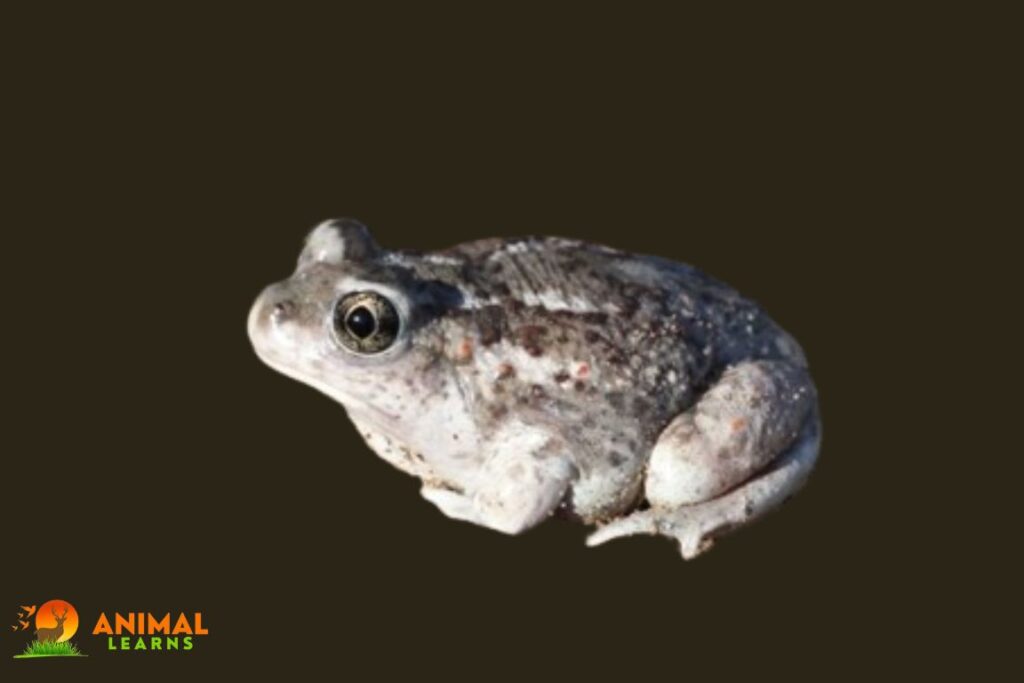
| Feature | Information |
| Scientific Name | Spea intermontana |
| Diet | Primarily insects, including ants, beetles, crickets, and grasshoppers. May also consume spiders, worms, and snails. |
| Size (Snout-Vent Length) | 5.1 – 7.6 cm (2 – 3 in) |
| Weight | 10 – 30 grams (0.4 – 1 oz) |
| Lifespan | 15 years |
Because they don’t dwell in damp, humid climates like other toads do, spadefoot toads—so named because of the wedge-shaped digging claw on their foot—spend the majority of their life underground.
The Great Basin spadefoot is restricted to Colorado’s northwest and western regions. Similar to other spadefoot species, they procreate during intense downpours, as the collected rainwater fosters an ideal habitat for their eggs and tadpoles.
Western Green Toad
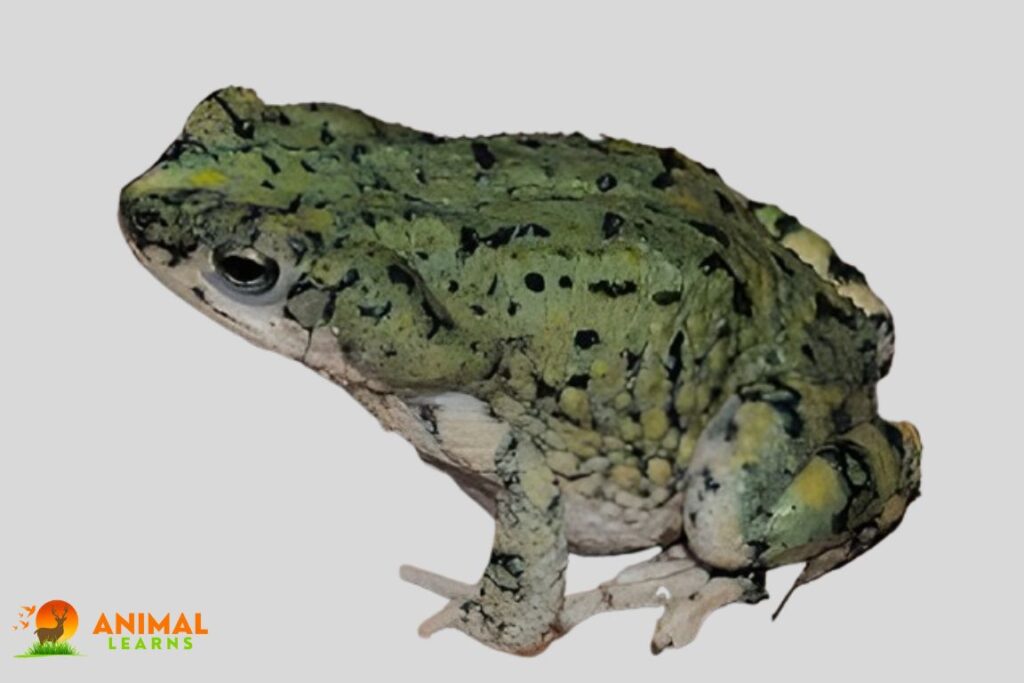
| Feature | Information |
| Scientific Name | Spea intermontana |
| Diet | Primarily insects, including ants, beetles, flies, worms, and spiders. |
| Size | 4.3 – 7.6 cm (1.7 – 3 in) |
| Weight | 15 – 40 grams (0.5 – 1.4 oz) |
| Lifespan Average in the wild | 4 – 8 years |
The Western Green Toad, a notable species among toads in Colorado, thrives in the state’s varied landscapes, contributing to the rich biodiversity of amphibians in the region.
Spadefoot toads, so named because of the wedge-shaped digging claw on its foot, don’t dwell in damp, humid surroundings as other toads do, and instead spend most of their life underground.
Only the western and northwestern regions of Colorado are home to Great Basin spadefoot. Like other spadefoots, they reproduce when a lot of rain falls because the collected water provides an environment that is ideal for the development of their eggs and tadpoles.
Boreal Toad
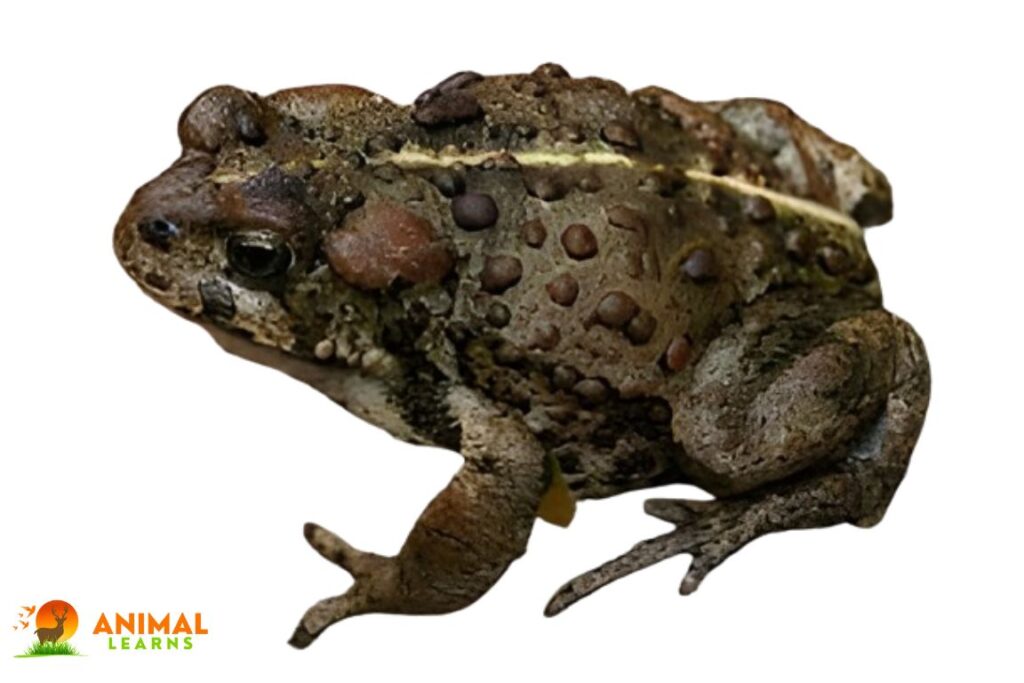
| Feature | Scientific Name |
| Scientific Name | Anaxyrus boreas |
| Diet | Ants, beetles, caterpillars, spiders, worms, slugs |
| Size | 5.0 – 9.0 cm (2.0 – 3.5 in) |
| Weight | 20 – 40 grams (0.7 – 1.4 oz) |
| Lifespan | 10 – 15 years |
The western toad, of which there is only one subspecies, is the parent species of the boreal toad. Although they may also be found in Central Colorado, their primary range is the Pacific Northwest and parts of Canada.
They are presently classified as an endangered species in Colorado because of a sickness that has been causing their numbers to decline recently. As adults, these toads are usually 3–4 inches long, and they consume invertebrates such as beetles, worms, ants, and moths.
Mexican Spadefoot Toad
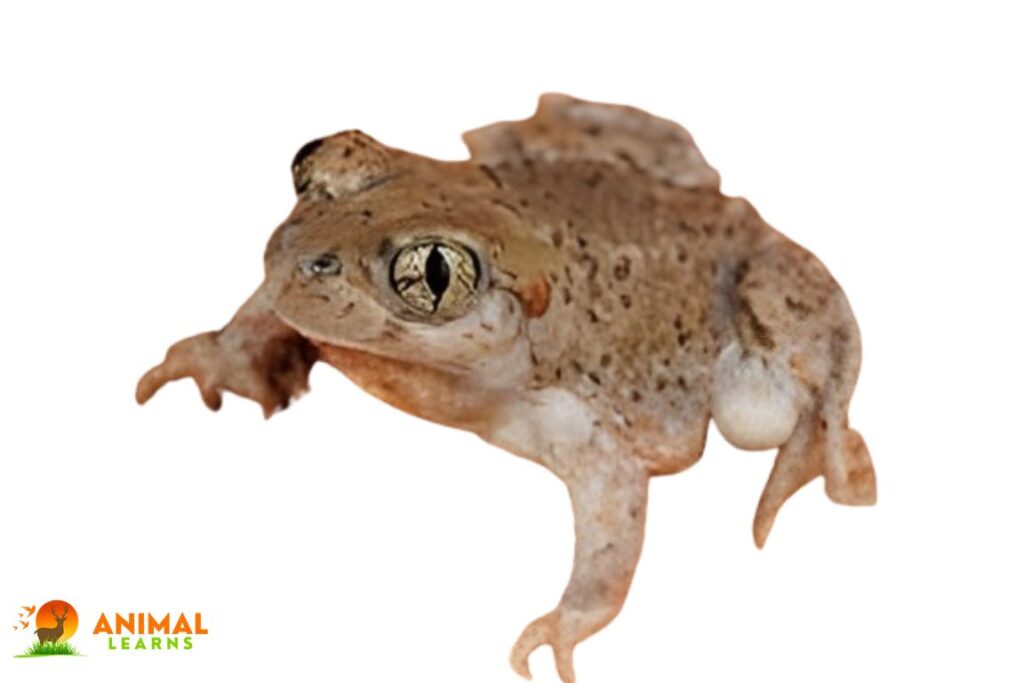
| Feature | Information |
| Scientific Name | Spea multiplicata |
| Diet | Primarily insects, including ants, beetles, crickets, and termites. May also consume spiders, worms, and snails. |
| Size | 5.1 – 7.6 cm (2 – 3 in) |
| Weight | 15 – 45 grams (0.5 – 1.6 oz) |
| Lifespan | 15 years |
The Mexican Spadefoot is found in a variety of environments in southern Colorado, including pine woods and grasslands. For burrowing, it favors loose, sandy, or gravelly soil.
The Mexican spadefoot’s primary defense mechanism is a secretion that might make predators wary of eating it since it can induce watery eyes and runny noses.
The Mexican Spadefoot has eyes that resemble a cat’s eye marble because of its unusual copper hue and black specks! Mexican Spadefoots make a metallic, vibrating sound that lasts for around 1.5 seconds as they call to attract mates.
Great Plains Narrow-Mouthed Toad
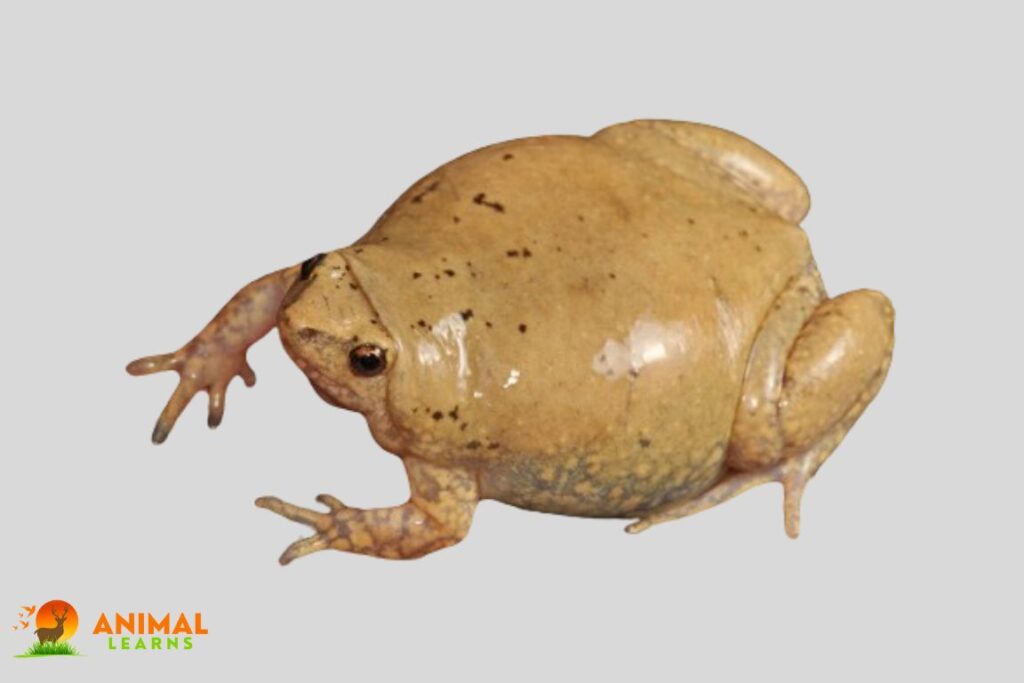
| Feature | Information |
| Scientific Name | Gastrophryne olivacea |
| Diet | Primarily ants, spiders, termites, beetles, and other small invertebrates. |
| Size | 1.6 – 2.9 cm (0.6 – 1.1 in) |
| Weight | 0.2 – 0.6 grams (0.007 – 0.021 oz) |
| Lifespan | 3 – 6 years |
Other names for the Great Plains Narrow-Mouthed Toad include Western Narrow-Mouthed Toad. These toads are tiny, measuring around 1.5 inches in length. They often have paler bellies and gray-brown or olive-green coloration.
They occasionally have black blotches on their backs. Their sound is a high-pitched peeling that sounds like a beehive. Found solely in the most southeastern region of Colorado, these toads are among the tiniest in the state.
Couch’s Spadefoot Toad
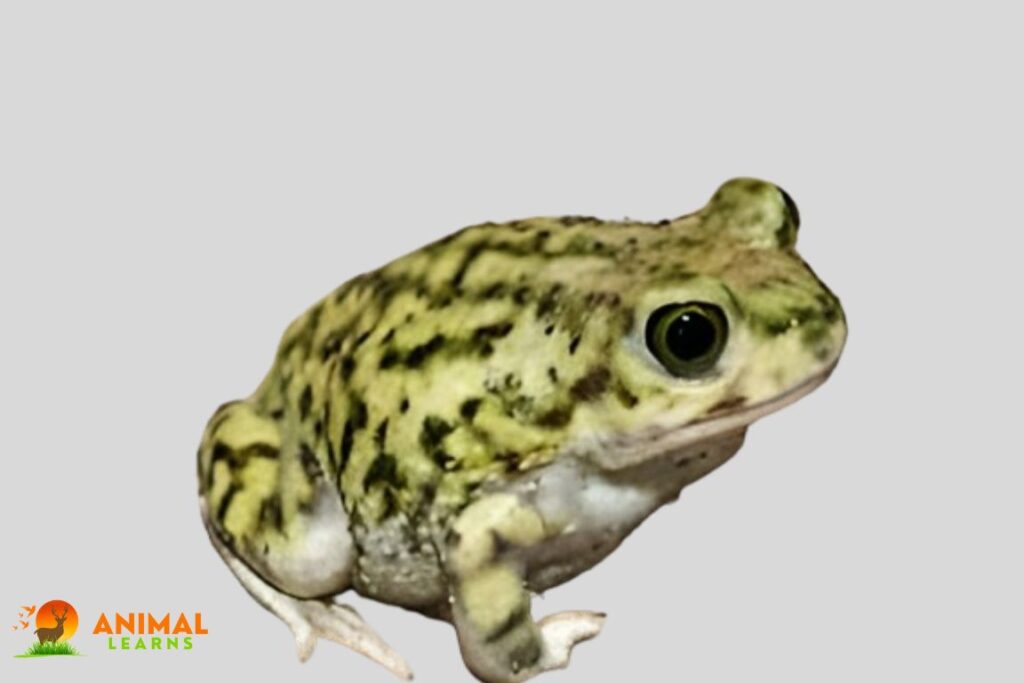
| Feature | Information |
| Scientific Name | Scaphiopus couchii |
| Diet | Primarily insects, including termites, ants, beetles, worms, and spiders. May also consume slugs and snails. |
| Size | 3.8 – 7.6 cm (1.5 – 3 in) |
| Weight | 4 – 21 grams (0.14 – 0.74 oz) |
| Lifespan | 4 – 6 years |
The Couch’s Spadefoot inhabits shortgrass prairie and desert scrub in Colorado’s southeast. It consumes a variety of insects, such as ants, grasshoppers, and beetles.
Couch’s Spadefoots live in a hot, arid area, thus they spend a large portion of the year underground. In reality, they may consume a great deal of food during the brief rainy season, and if the weather is too dry, they might not venture above ground for up to a year.
Couch’s Spadefoots primarily defend themselves using a poison potent enough to harm humans. The chemical might produce watery eyes and sneezing if touched!
Similar to a lamb’s bleat, the Couch’s Spadefoot’s cry has a higher initial pitch and a lower final pitch. It is brief, lasting only a few seconds.
Plains Spadefoot Toad
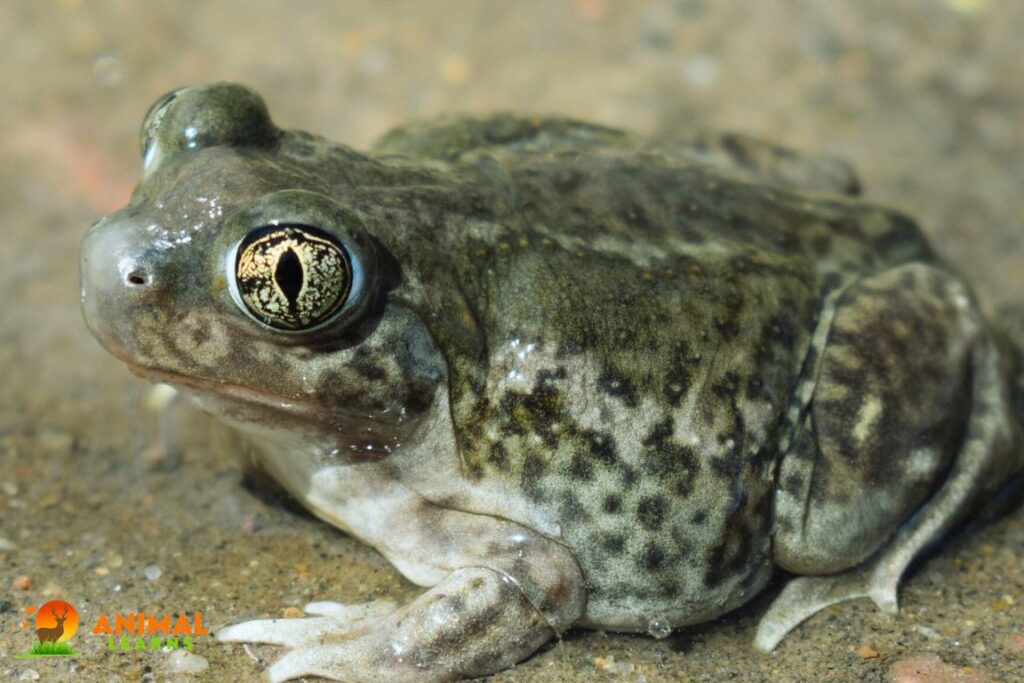
| Feature | Information |
| Scientific Name | Spea bombifrons |
| Diet | Primarily insects, including ants, beetles, termites, crickets, and spiders. May also consume worms and other invertebrates. |
| Size | 3.8 – 7.6 cm (1.5 – 3 in) |
| Weight | 4 – 28 grams (0.14 – 1 oz) |
| Lifespan | 4 – 10 years |
In eastern Colorado, the Plains Spadefoot inhabits plains, hills, and river bottoms. For burrowing, they favor loose, sandy, or gravelly soil. In Colorado, plains spadefoot plants can withstand extreme variations in temperature.
Additionally, it has the ability to modify its digestive tract so that it may eat insects, plants, or vertebrates. The cry of the Plains Spadefoot is crisp and brief, akin to a duck’s quack.
Poisonous Toads In Colorado
Although toads are found in Colorado, only the Woodhouse’s Toad is regarded as somewhat hazardous. It secretes something that might irritate people, but it’s usually safe for them. When dealing with any animal, caution must be exercised.
Tiny Toads In Colorado
One of the lesser toad species in Colorado is the Red-Spotted Toad (Pseudacris crucifer), which can grow to a size of 1-2 inches (2.5–5 cm).
Are Toads In Colorado Poisonous To Dogs?
Indeed, certain toads in Colorado, such as the Woodhouse’s Toad, have the ability to create poisons that, if consumed by dogs, might prove fatal. In order to avoid potential poisoning, it’s crucial to keep dogs away from toads. It’s best to take a dog to the vet if it comes into touch with a toad.
FAQs
Does Colorado have toads?
Yes, Colorado is home to various species of toads.
What is the largest toad in Colorado?
The Woodhouse’s Toad (Anaxyrus woodhousii) is one of the largest toads in Colorado.
What do Colorado toads eat?
Colorado toads eat a diet primarily consisting of insects, spiders, worms, and other invertebrates.
Are there cane toads in Colorado?
No, cane toads (Rhinella marina) are not native to Colorado.
What animals hunt toads?
Various predators such as snakes, birds, mammals, and some reptiles may hunt and consume toads.
How long do Colorado toads live?
The lifespan of Colorado toads varies, but generally, it can range from a few years up to around 19 years for certain species like Woodhouse’s Toad.







